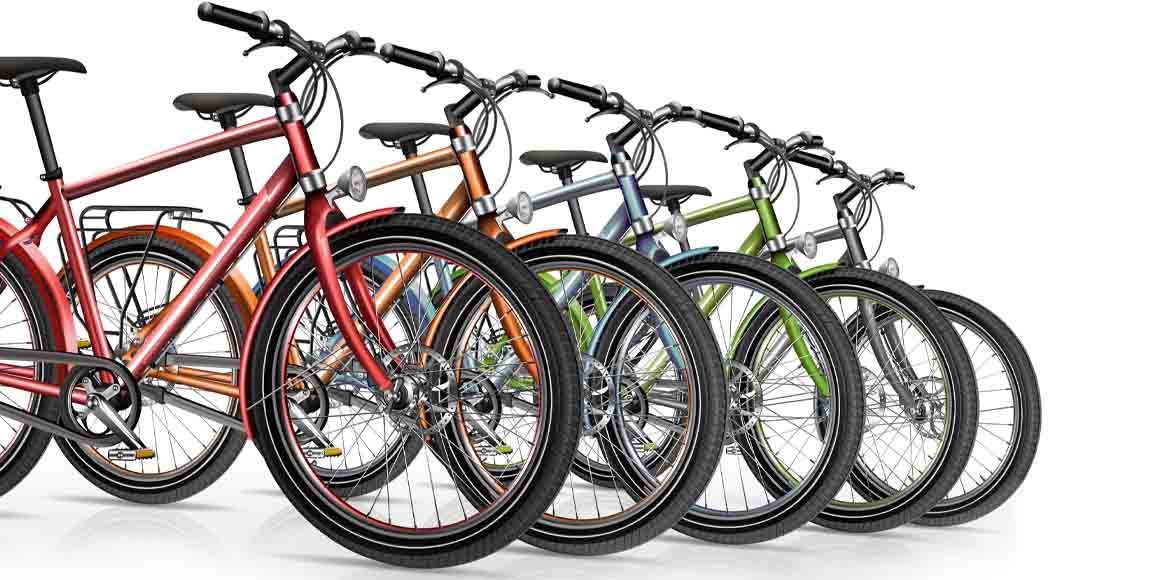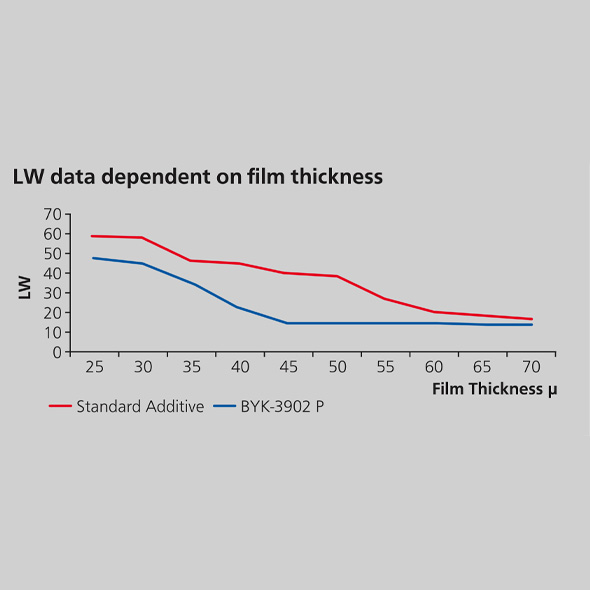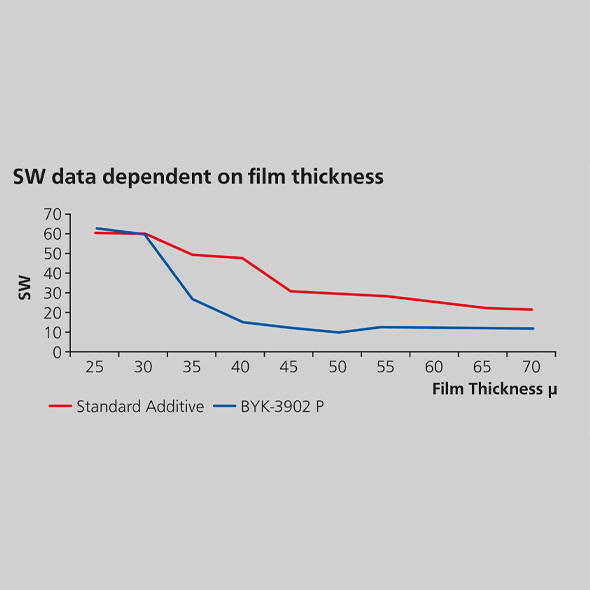Orange Peel & DOI
wave-scan
Product Info
Patchwork might be good for quilts but certainly not for coated industrial goods. As many finished products consist of multiple components which are manufactured by different suppliers and at different locations, uniformity of color and appearance is crucial. Not only the paint batches need to be delivered with consistent quality, but also the production process of the finished product needs to be controlled.
According to Wikipedia the oldest transmitted paint formulation dates back to the 12th century. Since then a lot has changed. Industrial coatings with lower solvent content were introduced resulting in water based systems with almost no solvent. Increasing environmental demands during the last years and requirements for low VOC (volatile organic compounds) systems open the doors for powder coatings with 100 % solids content. Independent of the material, the optical properties of industrial coatings need to fulfill certain quality aspects before they can be applied on the final product.

The appearance of a coated surface is not only influenced by color, but also by gloss and flow & levelling attributes. Eye catching finishes should look like a mirror – “high gloss and perfectly smooth”. Powder coatings are highly durable and resistant finishes. As the name already implies they are in powder form and do not use a solvent. They are typically applied electrostatically before being cured under high temperatures.
Powder coatings typically have a wavy appearance. To achieve an attractive smooth look, levelling additives are used to reduce differences in surface tension, consequently, avoiding craters and improving orange peel. These additives are very often polyacrylate based and only needed in small amounts in the formulation.
The graphs show how the additive BYK-3902 P clearly decreases LW and SW values in a polyester/ epoxy powder coating system. BYK-3902 P is particularly suitable for thin-layer powder coatings that are used to reduce costs or for applications like racing bikes where the final product is weight sensitive. Therefore, compared to a standard flow & levelling additive the improvement is especially noticeable at lower film thickness of 30 – 45 μm.
Measurements were taken with the wave-scan instrument which is rolled across the surface to scan the wavy light /dark pattern. The data of the optical profile is divided into different wavelength ranges (0.1 mm to 30 mm) by using mathematical filter functions. Commonly used are SW-data (0.3 – 1.2 mm) and LW-data (1.2 – 12mm) to describe flow levelling behavior. For small and curved parts the micro-wave-scan is beneficial.
